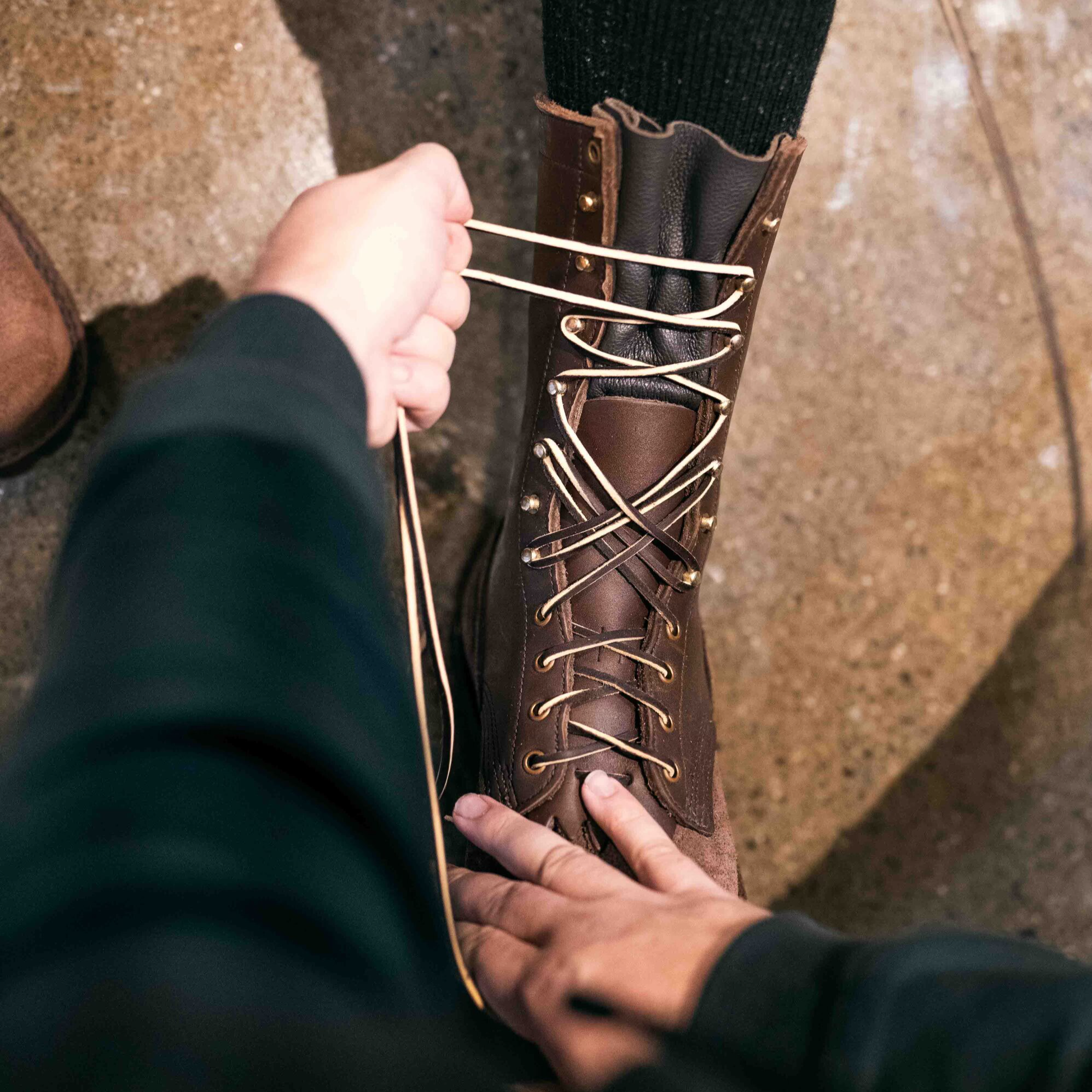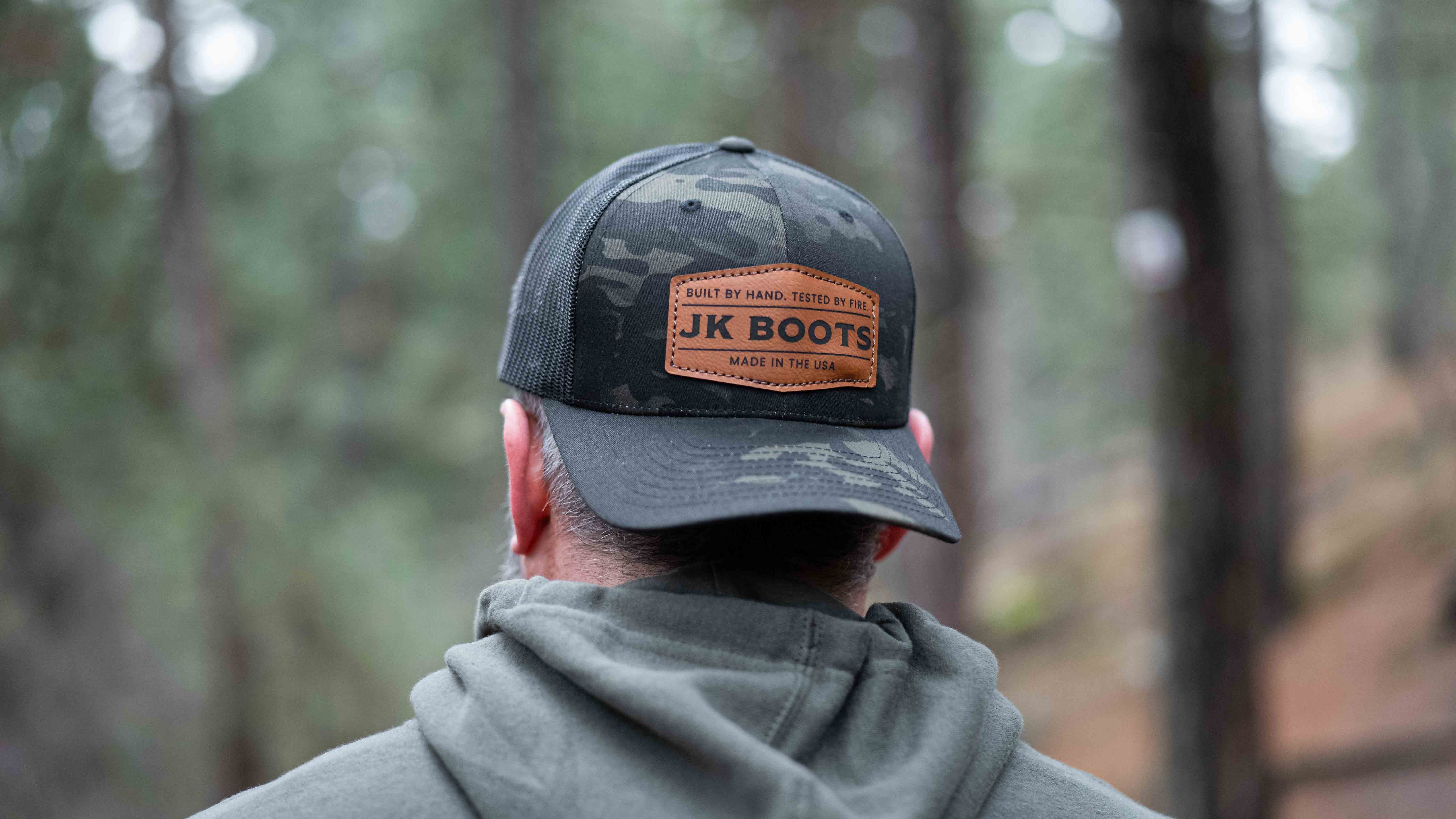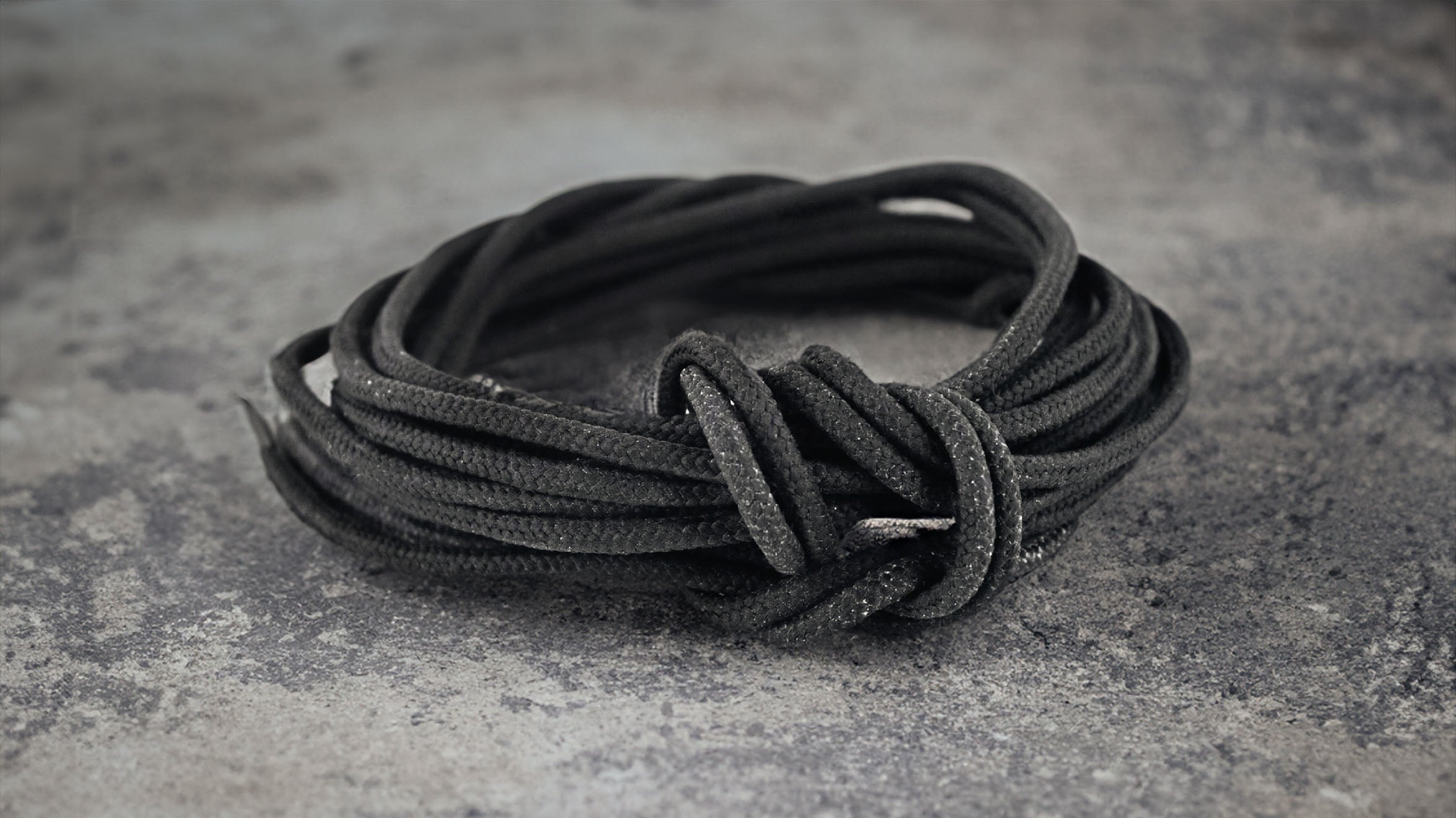How do Waterproof Boots Work? What Makes a Boot Waterproof?
In this article, we’re going to explain how to determine what makes a work boot waterproof, from the quality and type of materials used to the method of stitching that attaches the upper to the sole.
You’ll also learn how to keep your boots water-resistant, which is vital regardless of whether your boots are waterproof or water-resistant.
While leather is usually a porous material, it is treated to make water run-off easier, which keeps your boots in top condition. A monthly cleaning regime is essential, as you’ll reenergize the leather, conditioning it to ensure it stays rater-resistant.
Keeping the water out of your boots by including a Goretex waterproof membrane will keep your feet dry but doesn’t protect the upper from water damage, so you’ll need to keep your boots conditioned to prolong their lifespan.
What Makes a Boot Waterproof?
Oil-tanned leather is one of the most durable and robust materials for keeping out water. Water that would generally soak into the leather simply rolls off, much like water rolls off a duck's back.
Ducks aren’t waterproof—they’re water-resistant, thanks to the natural oils on their feathers that protect their feathers from water. Conditioning your boots every month with a leather oil keeps the natural oils and preservatives in your boots topped up, ensuring they stay water-resistant.
The type of stitching used to create your boots also impacts how they’ll perform at keeping water out.
The classic Goodyear welt, the most common construction method, isn’t great at keeping out water. A Goodyear welt is easy to replace and apply and works well with most standard work boots. The way Goodyear welts work, however, is to stitch holes into the boot’s upper, making them less than ideal for water-resistant boots.
Unlike a Goodyear welt, which stitches to the midsole and outsole using a welt, the Stitchdown construction method stitches the upper to the midsole without a welt. The Stitchdown method is widely regarded as ideal for boots expecting use in much tougher working conditions and makes for a more robust and water-resistant boot.
How to Make Boots More Water Resistant
For most people, water-resistant boots will be more than adequate for their needs. Unless you’re working around bodies of water a lot, your boots need only repel the water.
A pair of oil-tanned leather boots that are regularly treated will keep your feet dry, and they'll last for years as the leather stays in great condition.
To make a boot genuinely waterproof, it must have a waterproof membrane in the lining. Goretex is a popular option as it allows water out, which is handy if you’re sweating, and keeps water from getting in.
What a waterproof membrane won’t do is protect the upper of your work boots, which will have an impact on their lifespan. To keep your boots water-resistant, you’ll need to condition them regularly, which has the knock-on effect of keeping the leather in good condition.
Conditioning Your Boots
Obenauf’s leather oil is excellent for reinvigorating leather as it maintains the natural preserving oils that can be lost over time. Water getting into the leather and then evaporating degrades the water-resistant properties of your boots, so it’s important to give them a monthly application of oil.
As well as a monthly cleaning and conditioning regime, using a waterproofing spray will allow you to add an additional layer of protection to your boots. Before putting on your boots for a rainy day at work, spray Pro-Tex Waterproofing Spray on the upper from about 6-8 inches away to seal in oils, and your boots will stay waterproof for longer.
The most common entry point for water is around the tongue and lace area because there’s no longer an unbroken section of the upper to keep out moisture. A way to add additional water resistance is to add a kiltie to your boots.
This decorative strip of leather acts as a shield, not only from debris and potential punctures but from water. Kilties are tough, easy to incorporate under your laces, and can make a massive difference in keeping water at bay.
Find the Best Water-Resistant Work Boots
A pair of quality boots should last for years if they’re looked after, and when it comes to keeping your boots water-resistant, it’s all about the aftercare you provide.
Take one of our trophy boots, the JK Boots Superduty Bison, one of the toughest boots on the planet, for example. Crafted from 8-oz premium oil-tanned USA leather and built with a stitchdown construction to keep out water, the Bison is built to stay the course no matter the weather.
With a monthly cleaning routine to keep these stunning boots in top condition, they’ll repay you a thousand times over. They’re made for the most challenging jobs, but pulling them on feels like putting sneakers on.
With no break-in, the rugged yet flexible leather will stay water-resistant and supple for years, providing you maintain the natural oils and preservatives. Well-oiled boots won’t crack, which prevents water from seeping in.
If you’ve invested in a premium pair of JK Boots and demanded premium quality with premium materials, premium aftercare will determine what kind of condition your boots will stay in. A cheap pair of waterproof boots will keep your feet dry for a season or two but can’t compete on comfort, longevity, and durability.
FAQs
Are waterproof boots really waterproof?
Unless a boot has a waterproof membrane behind the upper, it can’t be considered fully waterproof. Most wearers will rarely need fully waterproof boots and will find that water-resistant boots are perfect for their needs. Water-resistant boots need monthly conditioning to remain waterproof, but they can last for years if properly cared for.
Does waterproofing on boots wear off?
With a waterproof membrane, boots should remain waterproof for as long as the membrane stays in one piece. Puncture holes or degradation over time can cause the lining to split, rendering the waterproofing obsolete. You’ll need to condition the upper to maintain the resistance with water-resistant boots, but you can apply it easily and indefinitely.
How long should waterproof boots stay waterproof?
With little or no aftercare, waterproof boots should last for a year or two, depending on the type of work they’re used for and how long they’re worn for. With proper care, there’s no reason a quality pair of boots can’t last for a decade. Cheap boots won’t last long, regardless of aftercare, as the materials and construction often fail after a few years.











so does jk offer a gortex lining on any boot i like to fish with boot and like laces and i like the way my super sole 2.0s keep out water but would kike jks
Can you please tell me what JK boots you would recommend for railroad work? I need a boot that is waterproof and steel toe. Thanks
Leave a comment